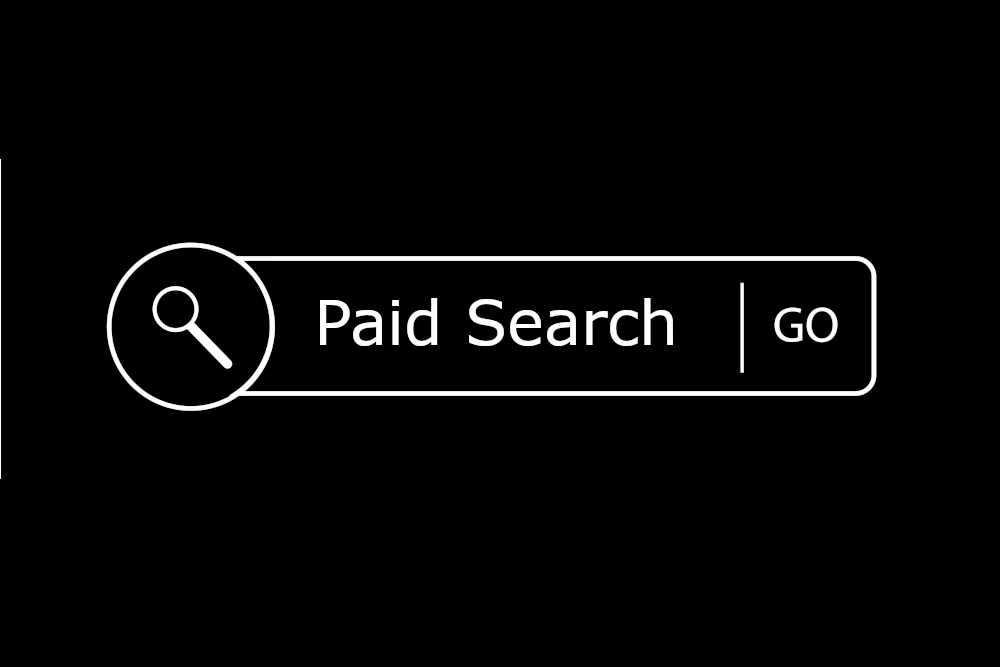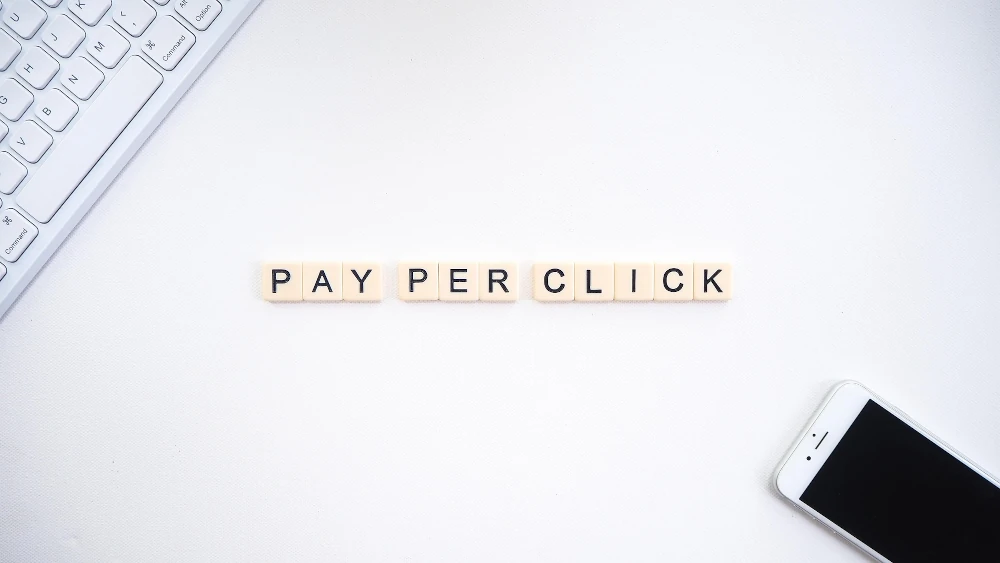Although people use “Paid Search” and “PPC” interchangeably, they actually refer to different aspects. Since every network has traits that are valuable for a digital strategy, both should be taken into account when deciding on advertising. This blog will highlight the differences and similarities and the strategic strengths of Paid Search and PPC so you can decide on one or both for your online advertising endeavors.
What is Paid Search?
Paid Search refers only to ads served on search engine results pages (SERPs). Whenever a query is typed in Google or Bing, the sponsored results that sit at up top (sometimes down below) are the Paid Search ads.
Paid Search is a component of SEM, and it usually works on intent targeting—the kind that searches for something.

What is PPC (Pay-Per-Click)?
This is a mode of Internet advertising wherein advertisers pay a fee per click to advertise their ads, which at times is also seen as really interesting. An example of PPC ads would be.
So, in essence, though all paid searches are another paid search activity, not every PPC activity can be defined as a paid search.

Advertising Modes Compared: Paid Search and PPC
Scope & Placement
Paid search ads show up only on the search engine results page, primarily using Google Ads (Search campaigns) or Bing Ads.
PPC (More general):
Encompasses not only the search engines but also display networks, YouTube, social platforms, shopping ads, and much more.
Verdict:
If your audience is searching actively for your product or service, Paid Search is tight. If building a brand or visually retargeting users appeals to you, PPC offers greater freedom.
User Intent
Paid Search:
It captures high-intent users who are already looking for a solution, service, or product.
PPC Display/Social:
Interruption-based advertising. Users are not seeking but can be coaxed into a purchase based on display or messaging.
Verdict:
Paid Search generally wins when it comes to anything conversion-oriented because of intent, while generally, PPC is better when it comes to brand awareness or product discovery.
Types of Advertising
Paid Search:
Running text-based advertising. Limited to headline, description, and links (and their extensions).
PPC (Social, Display, YouTube):
Rich media formats: images, carousels, video, animations.
Verdict:
If you sell mainly by showing, then broader PPC ad formats will achieve better results for you (fashion, food); text-rich Paid Search might suit better B2B or service-based solutions.
Targeting Abilities
Paid Search:
Keyword targeting, match types, geolocation, device targeting, and demographics to a limited extent.
PPC (Social/Display):
Interest-based targeting, behavior-based targeting, look-alike audiences, remarketing, demographic-based targeting, time, device, etc.
Verdict:
PPC places far more granular targeting options, especially social ones, against paid search, which is focused on keyword intent.
Cost and Return on Investment
Paid Search:
Tends to be on the higher end in click prices—a lot higher in very competitive verticals (law, insurance)—but tends to convert very well due to intent.
PPC: Display, Social:
Usually lower click costs, or CPM, but may require longer nurturing before conversions can be counted.
Verdict:
Paid Search should be used when conversions take place directly; top and mid-funnel engagement should be delivered via PPC.
The Role in the Conversion Funnel
Paid Search:
Paid search is well-positioned as a last-easy-action, bottom-of-the-funnel tactic. Users can act upon the search results presented to them–they’re ready to go.
PPC Display/Social:
Paid (PPC) display and social adverts work better in the top-of-funnel and middle-of-funnel tactics by building awareness and consideration.
Verdict:
The ideal, complete funnel strategy will leverage both paid search (for the bottom of the funnel) and PPC ads (for the top of the funnel and middle of the funnel) to drive users from being aware through to the point of taking action.
Analytics & Attribution
Paid Search:
Paid search is relatively easy to attribute back to the user’s intent. There is a clear path from the query to a click-through to a conversion.
PPC (Social/Video):
PPC (social and video) is often not as easy to see its value, given that they are often part of a multi-touch journey and require various attribution models to properly establish value.
Verdict:
If your campaign is tracking direct-response goals, paid search will provide timely and clearer feedback as you’ve nailed it back to user-identified intent. If you’re building a multi-touch funnel, you can certainly not ignore the potential value of general PPC.
When to Use Paid Search
There are good reasons to pursue paid search when:
- You have a product or service that people are actively searching for (more likely not to be found on your website; it is potentially found in a PPC ad).
- You are in a competitive space where conversions are the only goal (SaaS, healthcare, law).
- You need leads or sales now.
- You have high-performing landing pages that expand to welcome and engage the intent of the users.
- You are looking to have a return on investment based on keywords that generate sales leads, conversions, and/or sales.
When is Broader PPC Appropriate?
The most successful campaigns will typically involve Paid Search and PPC formats working together as one piece of your full-funnel marketing strategy.
For example, the funnel:
- Top of Funnel: YouTube ads, display ads, or social ads to create brand awareness.
- Middle of Funnel: Retargeting on Facebook, Instagram, and the Google Display Network with testimonials or offers.
- Bottom of Funnel: Utilize paid search ads on transactional keywords for conversions.
The blending gives you the opportunity to:
- Increase your reach with users at different stages of their journey while improving brand recall.
- Increase overall conversions over time.
Platform Examples
| Platform | Type | Best For |
|---|---|---|
| Google Search Ads | Paid Search | High-intent conversions |
| Bing Ads | Paid Search | Older or B2B audiences |
| Google Display | PPC (Display) | Retargeting & Awareness |
| YouTube Ads | PPC (Video) | Brand storytelling & engagement |
| Facebook Ads | PPC (Social) | Advanced audience targeting |
| Instagram Ads | PPC (Visual/Social) | Product discovery & lifestyle |
| LinkedIn Ads | PPC (B2B Social) | B2B lead generation |
Conclusion
So, what is better—Paid Search or PPC? It’s not a choice between one and the other. Paid Search is an effective way to reach individuals who already have in mind what they need, whereas PPC, particularly on social, video, or display, can help introduce, learn about, and guide those who don’t. Your choice should be based on your goals, audience behavior, product type, and budget.The brightest marketers don’t select either, but both for the holistic approach. To get leads immediately, spend money on paid search. If you’re establishing long-term brand value, branch out to wider PPC channels.
FAQs
Is Paid Search identical to PPC?
No, Paid Search is a form of PPC dedicated to search engine results.
Is Paid Search or PPC less expensive?
PPC through display or social media tends to be less expensive per click, but it could take longer to convert.
Are Paid Search and PPC compatible?
Yes, and it’s usually the optimum approach to full-funnel marketing.
Which platforms are optimum for Paid Search?
Google Ads and Bing Ads are the major players.
Does a PPC campaign require an enormous budget?
No—PPC platforms support variable budgets and targeting for any size.


